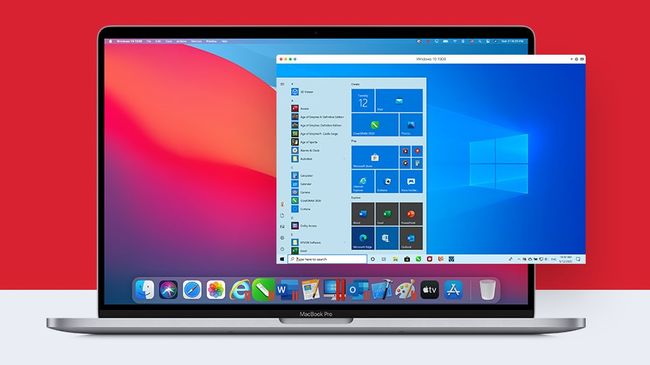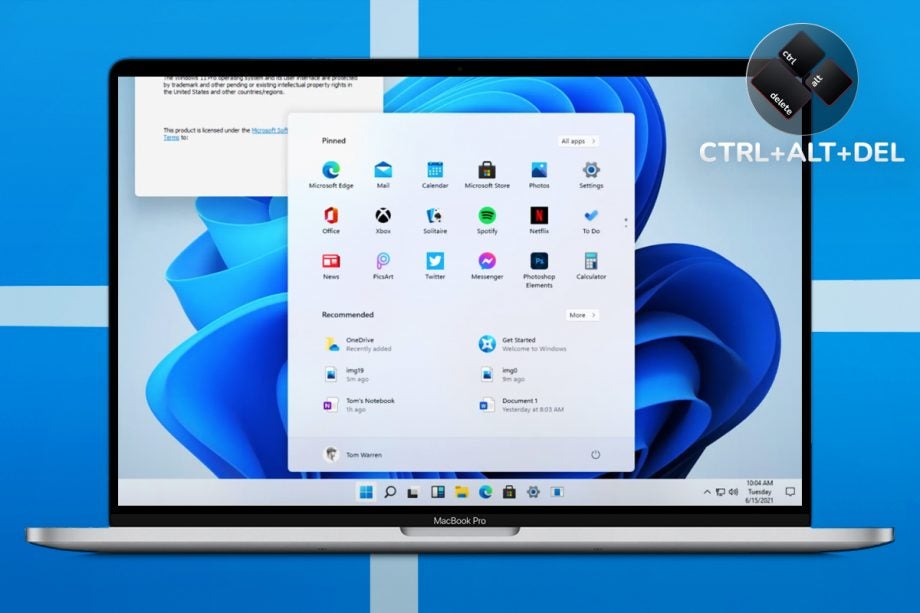
This solution enables companies to easily manage fleets of devices.įor everyday individual users, the Parallels route makes the most sense.

Purchasers of the service choose how many CPUs, and how much RAM and storage they want to pay for. So it's no surprise that this can run on M1 and M2 Macs. With this option, the OS is running on Microsoft servers connected to your PC (or Mac or iPad) via superfast broadband. The first option is only available to business and enterprise customers, and is priced accordingly, with Windows 365 starting at $31 per user per month. In general, there are two options: using Windows 365 Cloud PCs and using Parallels Desktop. The support page details how to run Windows 11 on Apple silicon Macs. Installing Windows directly on Macs using Apple's Boot Camp feature is not an option unless your Mac has an Intel CPU, so it doesn't work with M1- and M2-based Macs. Previously, Alludo (the rebranded Corel) had announced the capability in its Parallels Desktop virtual machine software, but by publishing the options on its support page, Redmond officially acknowledges that the setup works and is approved. Microsoft today published a support page (Opens in a new window) that shows how Mac users can run Windows 11 on their Apple silicon M1- and M2-powered Macs.

Microsoft, on a support page, mentions that Parallels 18 is the “authorised” solution to run Windows 11 on ARM-based Macs. So, yes, you can now officially use Parallels to run Windows 11 on M1 and M2 series chips Macs.

Now, that workaround has been authorised by Microsoft. But, since the new M-series chip powered Macs, Apple phased out Bootcamp, leaving people with a few workarounds, one of them being Parallels. Before Apple transitioned to in-house silicon for Macs, the Macs had support for Windows.


 0 kommentar(er)
0 kommentar(er)
